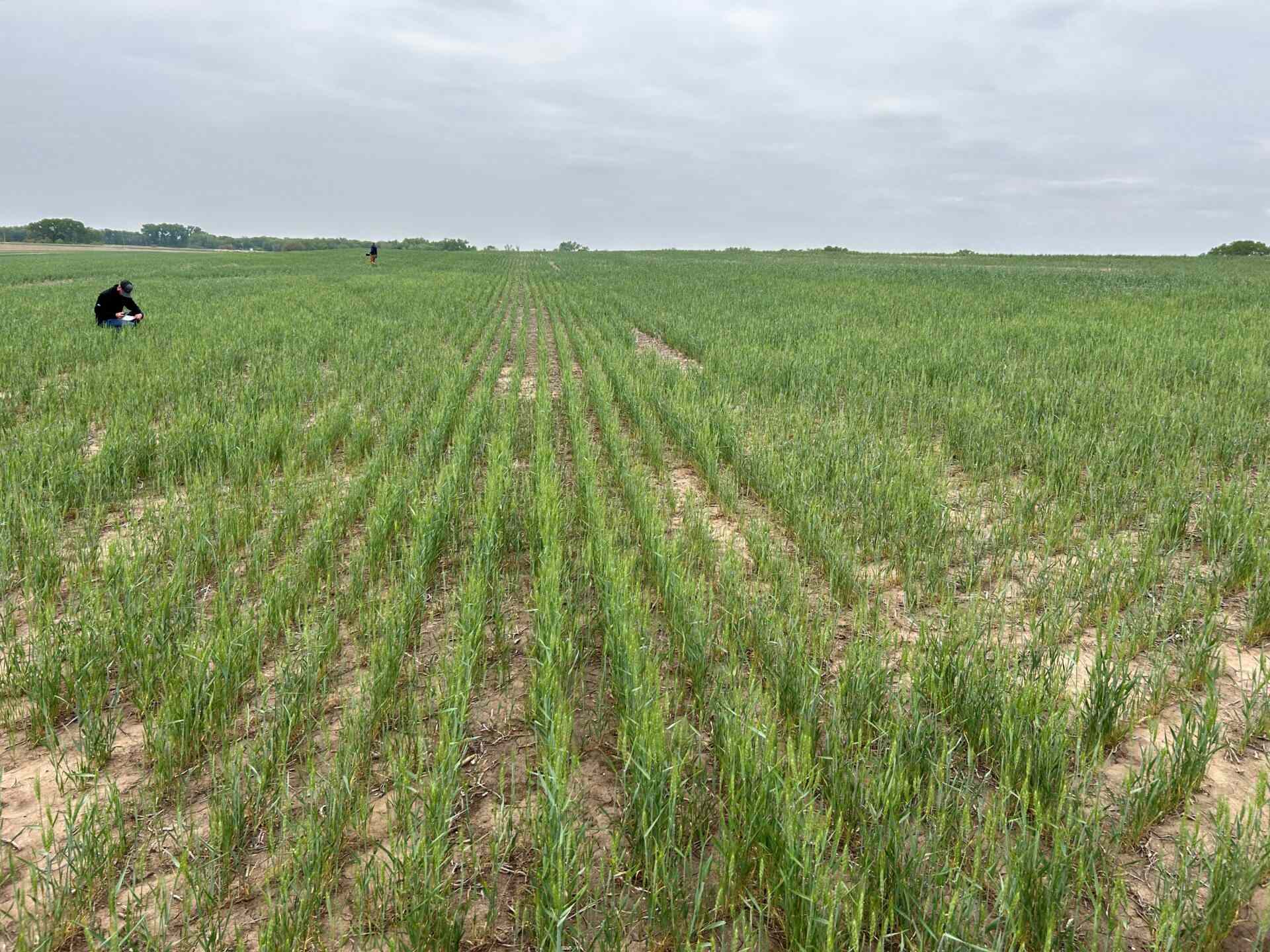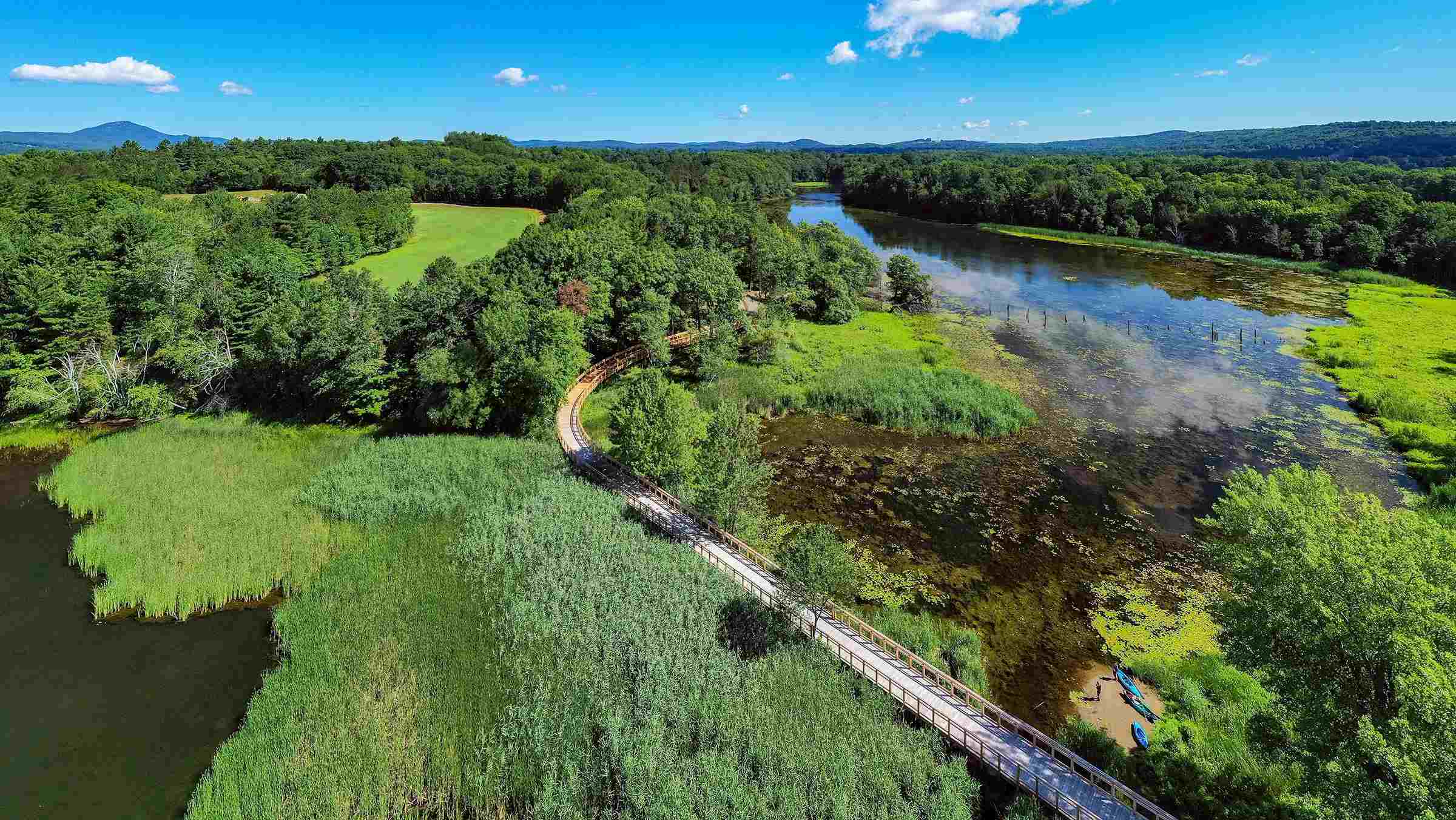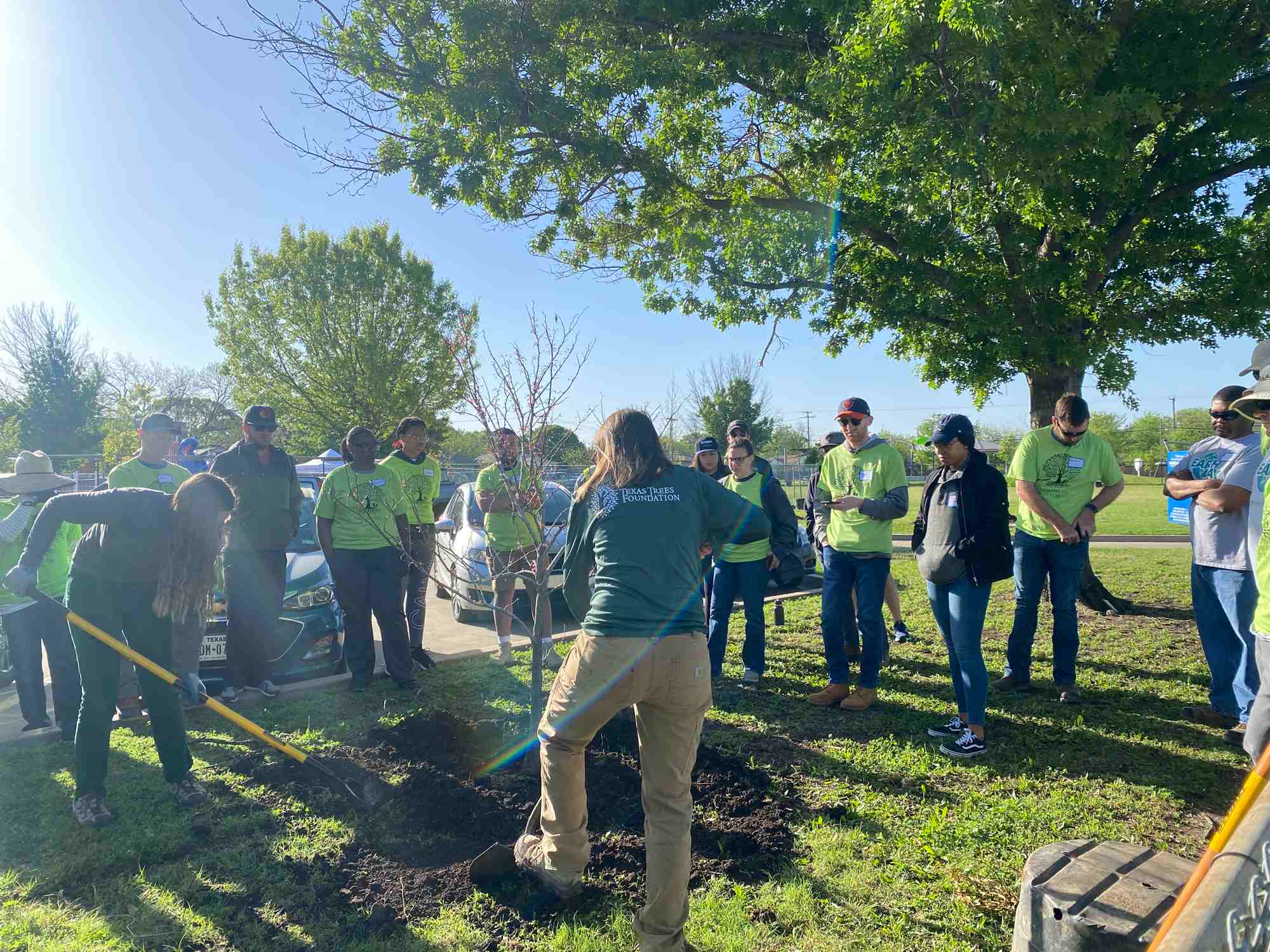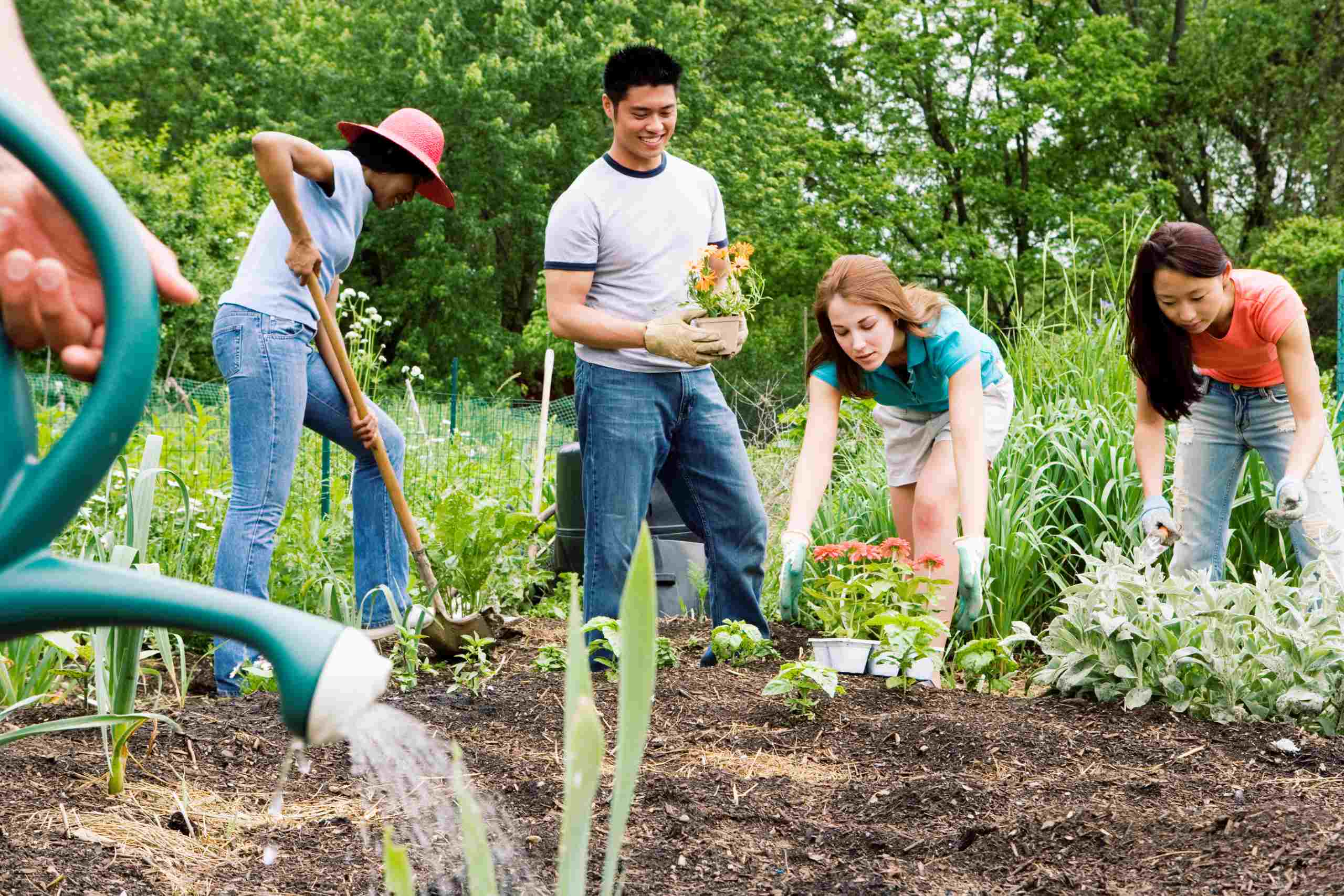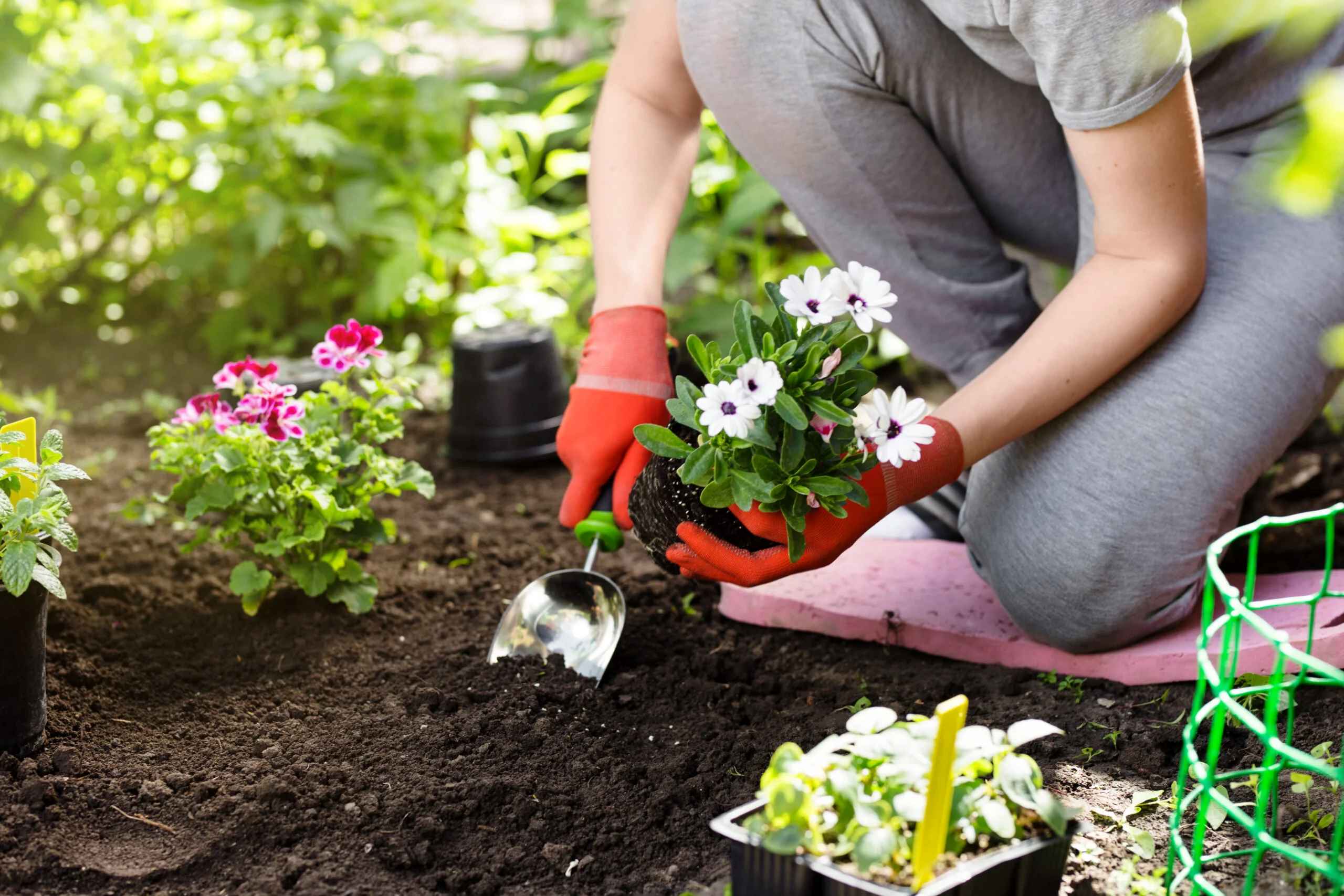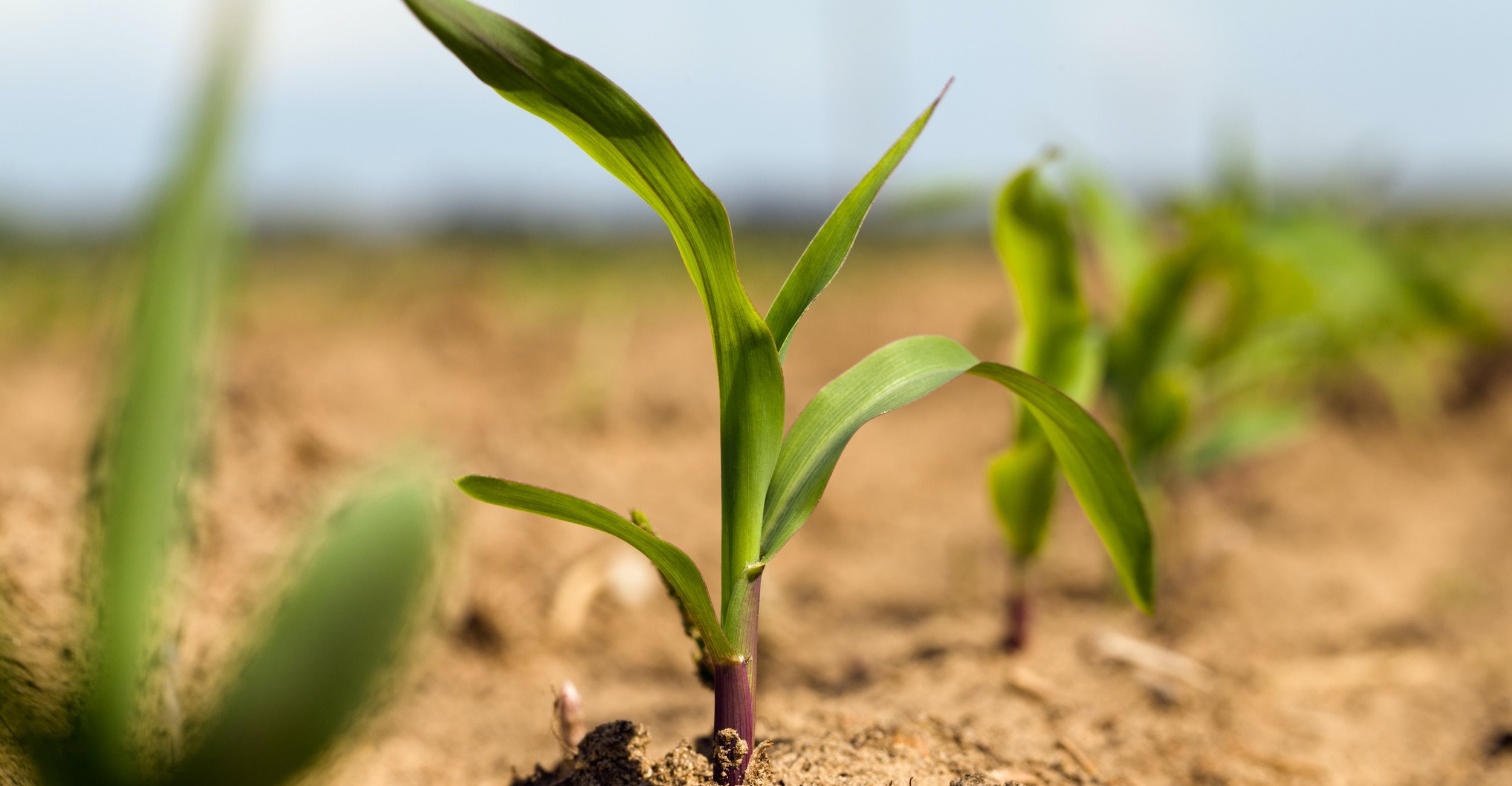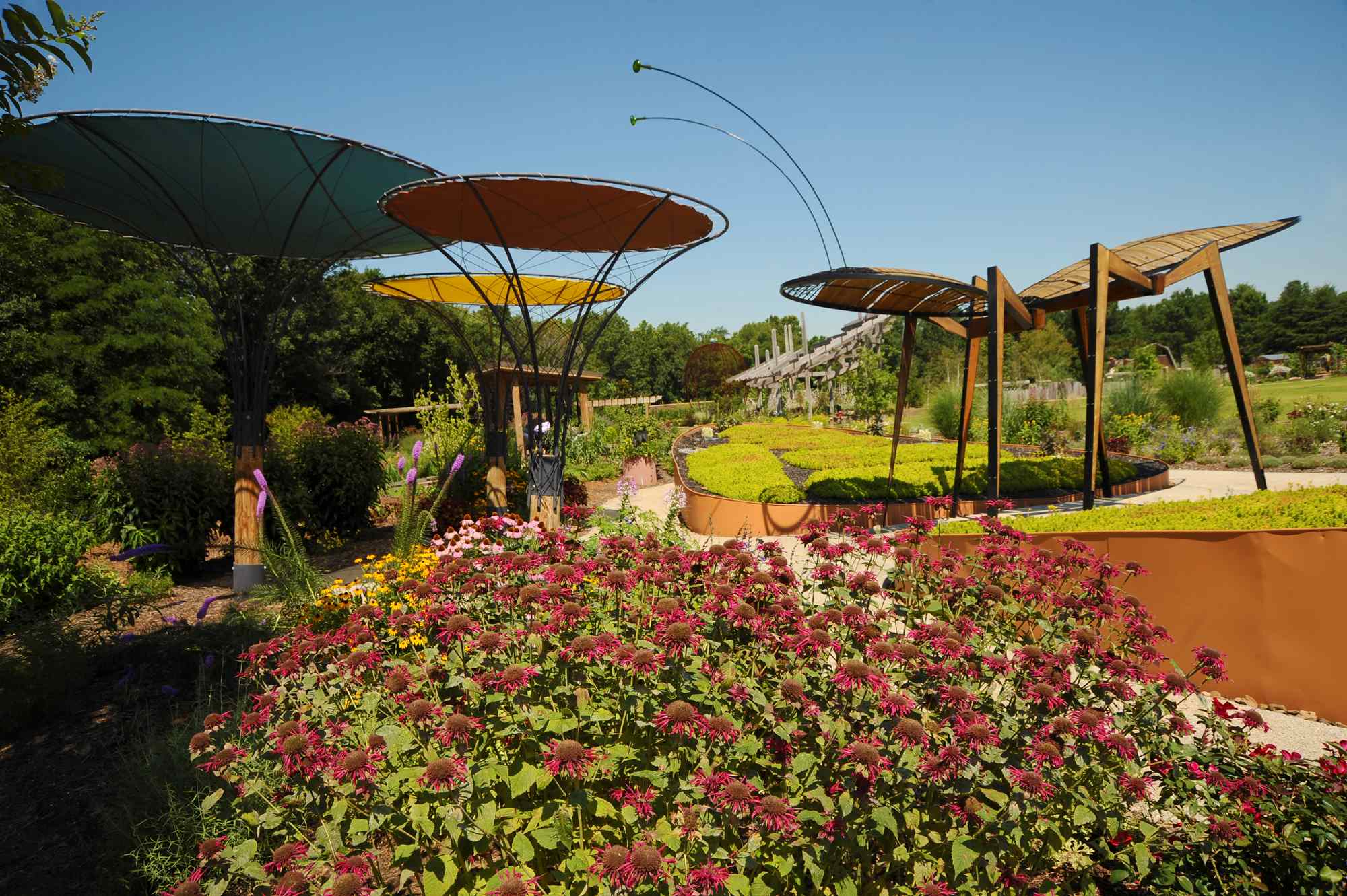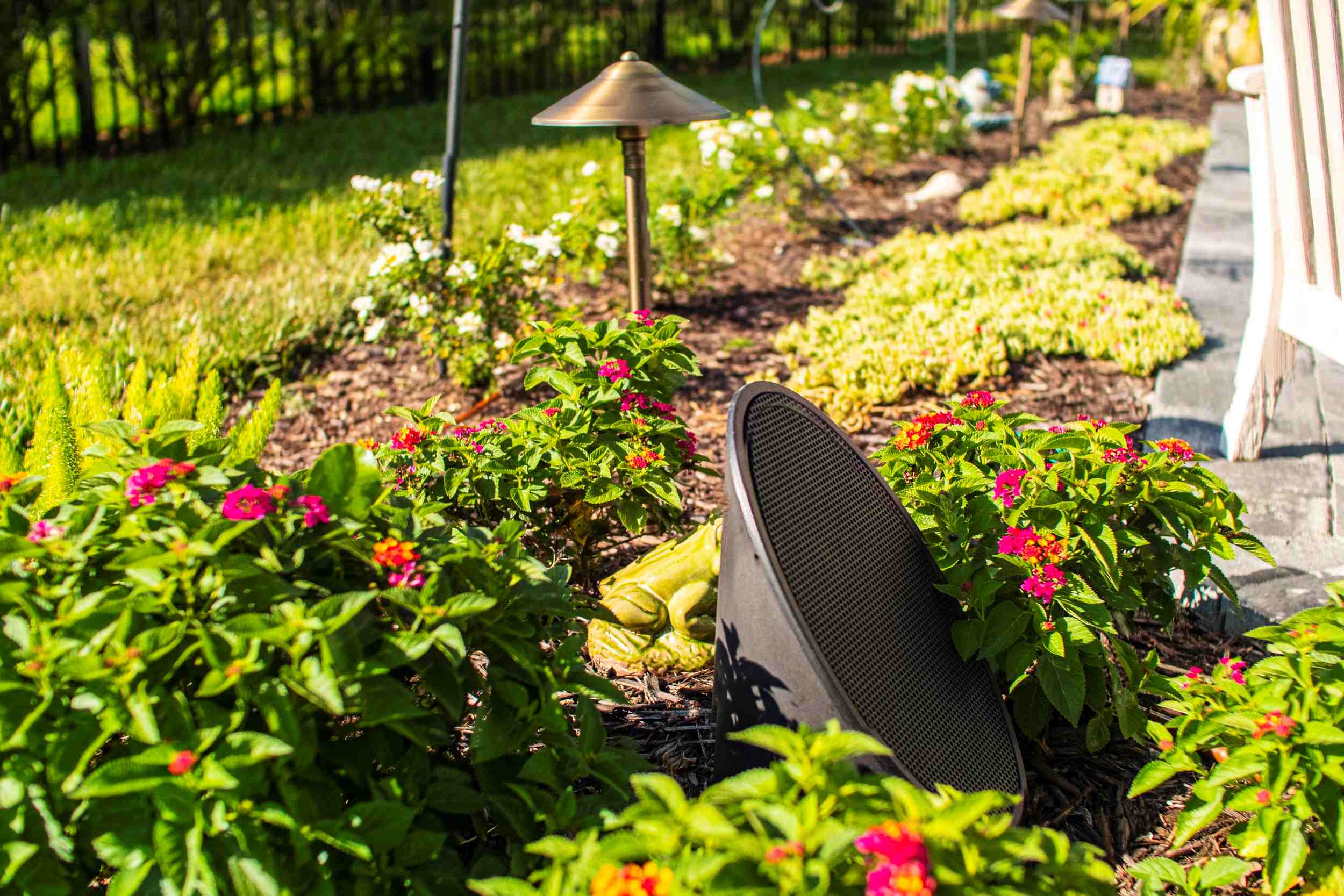Home>Gardening Basics>Understanding Soil>What Planting Zone Is Houston
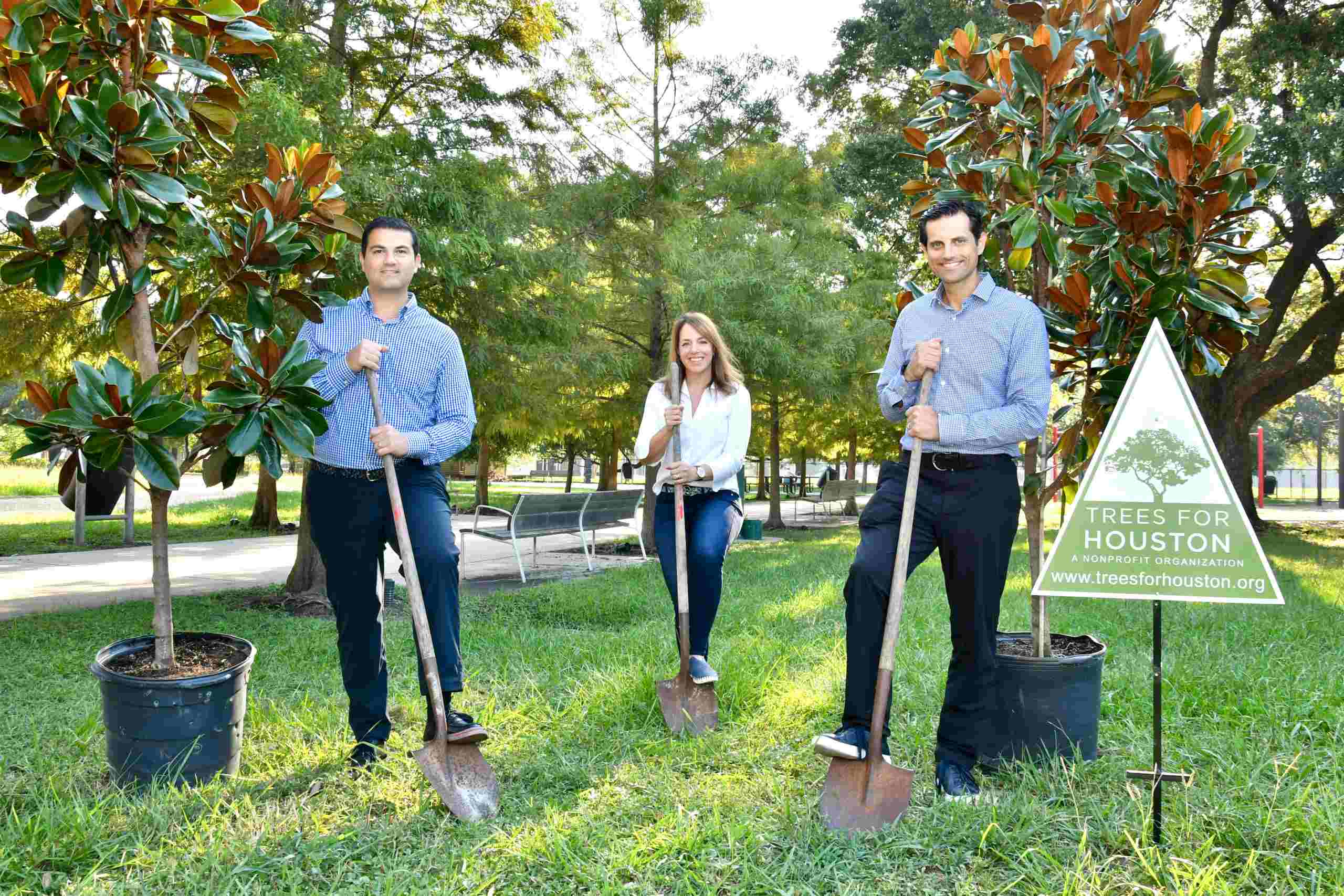

Understanding Soil
What Planting Zone Is Houston
Modified: January 22, 2024
Find out what planting zone Houston is in and gain a better understanding of soil types and conditions for successful gardening in the area.
(Many of the links in this article redirect to a specific reviewed product. Your purchase of these products through affiliate links helps to generate commission for Chicagolandgardening.com, at no extra cost. Learn more)
Table of Contents
Introduction
Gardening is a rewarding and enjoyable hobby that allows us to connect with nature and create beauty in our outdoor spaces. However, the success of our gardening endeavors greatly depends on understanding the unique characteristics of the soil in our area. In particular, having a deep knowledge of soil can help us determine the best plants to grow, the optimal planting methods, and the necessary soil amendments.
When it comes to understanding soil, Houston, Texas poses some unique challenges. With its diverse climate and soil conditions, determining the appropriate planting zone for Houston is crucial for gardeners and farmers alike. Planting zones provide valuable information about the average temperatures, growing seasons, and weather patterns in a specific area. By knowing the planting zone, gardeners can select plants that are more likely to thrive and withstand the local conditions.
In this article, we will explore what planting zones are and why they are important in the context of Houston. We will also discuss how to determine Houston’s planting zone and highlight some common plants and crops that are suitable for this specific region. Additionally, we will provide some helpful tips for gardening in Houston’s planting zone to make your gardening experience more successful and enjoyable.
What are Planting Zones?
Planting zones, also known as hardiness zones, are geographical areas that are defined based on the average minimum temperature experienced in a particular region during the winter season. These zones help gardeners and farmers determine which plants are most likely to survive and thrive in their specific area.
The concept of planting zones was introduced by the United States Department of Agriculture (USDA) as a way to categorize and classify different regions based on their climate and temperature patterns. The USDA developed a map known as the USDA Hardiness Zone Map, which divides North America into different zones based on temperature ranges.
The USDA Hardiness Zone Map consists of 13 zones, ranging from Zone 1, which experiences the coldest temperatures, to Zone 13, which experiences the warmest temperatures. Each zone is further divided into subzones A and B, with zone A being slightly colder than zone B within the same main zone.
By understanding the planting zones in a particular area, gardeners can make educated decisions about which plants are most suitable for their climate. Different plants have varying temperature preferences and are adapted to thrive in specific temperature ranges. By selecting plants that are well-suited to the local climate, gardeners can increase the chances of success in their gardening efforts.
It’s important to note that planting zones are not the only factor to consider when gardening. Other factors such as soil quality, sunlight exposure, and rainfall patterns also play a significant role. However, planting zones provide a helpful starting point for determining which plants are more likely to thrive in a given area.
The Importance of Knowing Houston’s Planting Zone
Knowing Houston’s planting zone is crucial for successful gardening and farming in the region. Houston, Texas experiences a unique climate with hot and humid summers, mild winters, and occasional extreme weather events. Understanding the specific planting zone can help gardeners and farmers make informed decisions about the types of plants to grow and the appropriate planting times.
One of the key benefits of knowing Houston’s planting zone is that it allows gardeners to select plants that are well-suited to the local climate. Plants that are adapted to the temperature and weather conditions of the region are more likely to thrive and produce abundant yields. By choosing plants that are compatible with the Houston planting zone, gardeners can minimize the risk of crop failure and maximize their chances of a successful harvest.
Moreover, knowing the planting zone helps gardeners plan their planting schedule effectively. Each plant has a specific growing season, and understanding the local climate allows gardeners to determine the optimal time to sow seeds or transplant seedlings into their garden. This ensures that the plants have enough time to grow, develop, and produce a bountiful harvest before the onset of unfavorable weather conditions in the region.
In addition to selecting the right plants and timing, knowing Houston’s planting zone also helps gardeners anticipate and prepare for potential challenges. Extreme temperatures, high humidity, and heavy rainfall can pose challenges to plant health and growth. By being aware of the specific conditions of the planting zone, gardeners can take preventive measures such as providing extra shade, implementing proper irrigation techniques, or using protective covers to shield plants from adverse weather conditions.
Overall, understanding Houston’s planting zone is essential for gardening success in the region. It enables gardeners to choose the right plants, plan their planting schedule effectively, and address potential challenges. By aligning their gardening practices with the local climate, gardeners can create thriving gardens that flourish in Houston’s unique environmental conditions.
Determining Houston’s Planting Zone
Determining Houston’s planting zone is a crucial step in planning a successful garden in the region. The USDA Hardiness Zone Map is a valuable resource that can help gardeners identify the specific zone for Houston and choose appropriate plants for their garden.
To determine Houston’s planting zone, you can refer to the USDA Hardiness Zone Map. The map divides North America into different zones based on the average minimum temperatures experienced in each region during the winter months. By locating Houston on the map, you can identify the corresponding planting zone.
Another helpful tool for determining planting zones is online plant hardiness zone finders. These websites allow you to enter your location and provide you with the corresponding planting zone information. By entering the ZIP code for Houston or using the city’s name, you can quickly find out the specific planting zone for the area.
In the case of Houston, the city is primarily categorized under USDA Hardiness Zone 9a. This means that the average annual extreme minimum temperature in Houston ranges from 20 to 25 degrees Fahrenheit (-6.7 to -3.9 degrees Celsius). However, it’s important to keep in mind that microclimates within Houston can vary due to factors such as proximity to bodies of water, urban heat island effect, and elevation.
Therefore, it’s recommended to use the planting zone as a starting point and not the sole factor in determining plant selection. Consider conducting further research or consulting with local gardening experts to get a more accurate understanding of the specific microclimate conditions in your area within Houston.
By taking the time to determine Houston’s planting zone, you can make informed decisions about which plants are most suitable for your garden. This knowledge ensures that you choose plants that can withstand and thrive in the local climate, leading to a more successful and rewarding gardening experience.
Factors Affecting Houston’s Planting Zone
While the USDA Hardiness Zone Map provides a general framework for determining Houston’s planting zone, it’s important to consider additional factors that can influence the specific conditions in the region. Houston’s unique climate and geographical features contribute to variations within the planting zone, and understanding these factors is essential for successful gardening.
1. Temperature Fluctuations: Houston experiences a wide range of temperature variations throughout the year, with hot and humid summers and relatively mild winters. It’s important to consider not only the average minimum temperatures but also the potential for extreme temperature fluctuations. Sudden temperature drops or heat waves can impact plant growth and survival. Pay attention to historical weather patterns and consider implementing measures to protect plants during extreme temperature events.
2. Humidity Levels: Houston’s high humidity levels can create challenges for plants, particularly those susceptible to fungal diseases or moisture-related issues. Adequate airflow and proper plant spacing can help prevent the development of fungal diseases. Additionally, selecting plant varieties that are more tolerant of high humidity conditions can increase the chances of gardening success.
3. Soil Composition: The soil composition in Houston varies across different areas, ranging from sandy soils to clay soils. Understanding the specific characteristics of your soil, such as its drainage capabilities and nutrient content, is crucial for proper plant growth. Conduct a soil test to determine the pH level and nutrient deficiencies, and amend the soil accordingly to create an optimal growing environment for your plants.
4. Water Availability: Houston experiences regular rainfall throughout the year, but it’s important to consider water availability for your garden. Adequate irrigation is essential, especially during dry periods or when rain is scarce. Implement efficient watering techniques, such as drip irrigation or using rainwater harvesting systems, to ensure your plants receive consistent moisture.
5. Microclimates: Houston’s size and geographical features contribute to the existence of microclimates within the city. Factors such as proximity to bodies of water, urban heat island effect, and elevation can create variations in temperature, humidity, and wind patterns. It’s important to consider these microclimates when selecting plants for your garden and understanding the specific conditions that may differ from the general planting zone.
By taking these factors into account, you can adapt your gardening practices to the unique conditions in Houston. Observing and understanding these factors will help you make informed decisions about plant selection, irrigation, soil preparation, and other essential aspects of successful gardening in the region.
Common Plants and Crops for Houston’s Planting Zone
Houston’s planting zone offers a wide variety of plants and crops that are well-adapted to the region’s climate and growing conditions. By selecting plants that are suited to the Houston planting zone, you can create a thriving garden that will flourish throughout the year.
1. Warm-Season Vegetables: Houston’s long, hot summers provide an ideal environment for growing a variety of warm-season vegetables. Popular choices include tomatoes, peppers, cucumbers, zucchini, beans, and okra. These vegetables thrive in the summer heat and require full sun exposure and adequate irrigation to produce abundant crops.
2. Herbs: Many herbs do well in Houston’s planting zone, both in containers and in the ground. Basil, rosemary, thyme, mint, and oregano are just a few examples of herbs that can be grown successfully in the region. These herbs enjoy the warm temperatures and benefit from regular pruning to promote healthy growth.
3. Tropical Fruits: Houston’s warm climate is suitable for growing a variety of tropical fruits. Mangoes, papayas, bananas, and citrus fruits like oranges and lemons can thrive in the region. While some tropical fruits may require protection during occasional cold snaps in winter, they can be rewarding plants to grow for their delicious flavors.
4. Native Plants: Planting native species is an excellent choice for Houston gardens. Native plants, such as Gulf Coast Muhly grass, Lantana, and Salvias, are adapted to the local climate and require less maintenance and water compared to non-native plants. They also provide habitat and food for native wildlife, contributing to a healthy ecosystem.
5. Drought-Tolerant Plants: As Houston occasionally faces dry periods, incorporating drought-tolerant plants in your garden can help conserve water and ensure the survival of your plants. Some examples include agaves, yuccas, and black-eyed Susans. These plants are attractive, low-maintenance, and capable of withstanding hot and dry conditions.
It’s worth noting that the specific plants and crops you choose for your garden will depend on factors such as personal preferences, available space, and growing conditions in your specific microclimate within Houston. Consider consulting with local nurseries or gardening experts to get recommendations for plants that perform well in your area.
By selecting plants and crops that are suited to Houston’s planting zone, you can create a vibrant and productive garden that thrives throughout the year. Whether you’re growing vegetables, herbs, fruits, or native plants, Houston offers a diverse range of options for every gardening enthusiast.
Tips for Gardening in Houston’s Planting Zone
Gardening in Houston’s planting zone requires some unique considerations due to the region’s climate and environmental factors. By following these helpful tips, you can enhance your gardening success and create a thriving garden in the Houston area.
- Plan your planting schedule: Houston’s relatively mild winters and long summers provide a longer growing season. Plan your planting schedule accordingly, taking into account the specific growing times for different plants in your area.
- Choose heat-tolerant plants: Opt for plants that can withstand the hot and humid summers in Houston. Look for varieties that are labeled as heat-tolerant or heat-resistant to ensure their ability to thrive in the region.
- Provide shade and shelter: The intense summer heat in Houston can be challenging for some plants. Create shade and shelter in your garden by using structures like pergolas, arbors, or shade cloth. This provides protection from the harsh sun and helps prevent heat stress on your plants.
- Implement proper watering: Houston receives regular rainfall, but it’s important to monitor moisture levels in your garden. Water deeply and infrequently to encourage deep root growth. Consider using drip irrigation or soaker hoses to deliver water directly to the plant roots and minimize evaporation.
- Mulch your beds: Applying a layer of organic mulch around your plants helps conserve moisture, regulate soil temperature, and suppress weeds. Use materials such as wood chips, straw, or shredded leaves to mulch your garden beds.
- Avoid overwatering: While proper watering is essential, be mindful of overwatering. Excessive moisture can lead to root rot and fungal diseases. Ensure proper drainage in your garden beds and only water when the top inches of soil are dry.
- Improve soil fertility: Houston’s soil can vary in quality and composition. Conduct a soil test to determine its nutrient content and pH level. Amend the soil with organic matter, compost, or specific fertilizer recommendations to improve its fertility.
- Monitor pests and diseases: Houston’s warm and humid climate can attract pests and promote the development of plant diseases. Regularly inspect your plants for signs of pests or diseases and take appropriate measures such as using organic pest control methods or practicing good sanitation habits.
- Protect from extreme weather: Houston occasionally experiences extreme weather events like hurricanes or freeze warnings. Keep an eye on weather forecasts and prepare your garden by securing plants, covering them during freezes, or bringing potted plants indoors if necessary.
- Stay informed: Stay connected with local gardening resources, attend gardening workshops, and join local gardening communities to stay informed about best practices and specific gardening recommendations for the Houston area.
By implementing these tips, you can overcome the unique challenges of gardening in Houston’s planting zone and create a flourishing garden that thrives in the region’s climate and conditions. With proper planning, care, and attention, your Houston garden can be a beautiful and bountiful space for you to enjoy.
Conclusion
Gardening in Houston’s planting zone offers a plethora of opportunities to create vibrant and productive gardens. By understanding the specific characteristics of the region’s climate, soil, and unique environmental factors, gardeners can make informed choices about plant selection, timing, and care.
Knowing Houston’s planting zone is crucial for selecting plants that are well-suited to the local climate and can thrive in the region’s unique conditions. Whether you’re growing warm-season vegetables, herbs, tropical fruits, or native plants, aligning your choices with the planting zone increases the likelihood of gardening success.
Factors such as temperature fluctuations, humidity levels, soil composition, water availability, and microclimates within the Houston area further influence gardening practices. It’s important to consider these factors while planning your garden, implementing proper watering techniques, improving soil fertility, and taking measures to mitigate potential challenges.
By following the tips provided, such as planning your planting schedule, selecting heat-tolerant plants, providing shade and shelter, and monitoring pests and diseases, you can optimize your gardening efforts and promote the health and vitality of your plants.
Remember to stay connected with local gardening resources, attend workshops, and engage with the gardening community to gather valuable insights and exchange ideas specific to the Houston area. Continuously learning and adapting your gardening practices will contribute to the long-term success and enjoyment of your Houston garden.
With careful planning, proper care, and a touch of creativity, your garden in Houston’s planting zone can become a thriving oasis that brings you joy, beauty, and abundance all year round.

